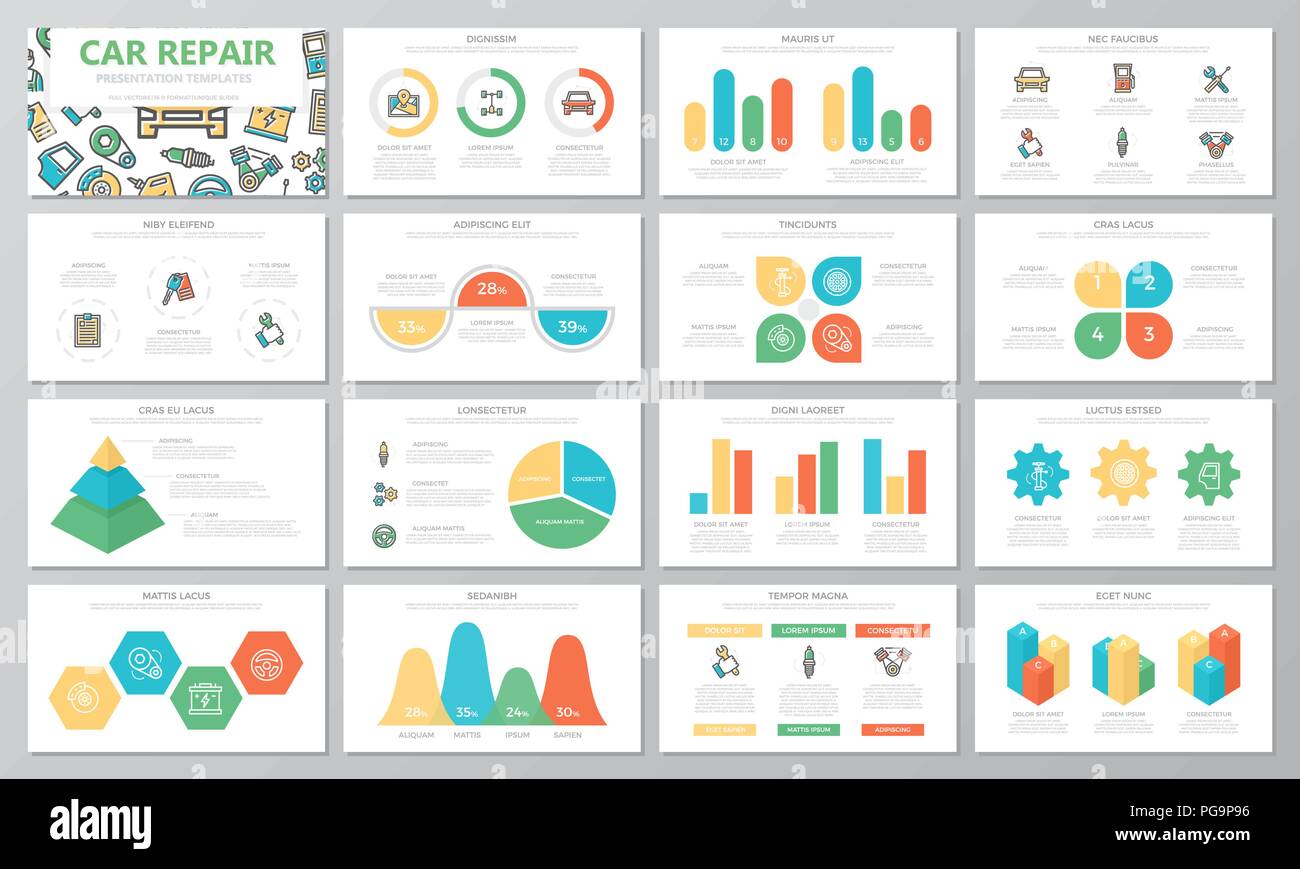Analyzing Your Auto'S Alert Lights: Their True Effects
Analyzing Your Auto'S Alert Lights: Their True Effects
Blog Article
Web Content By-Termansen Shepherd
When you lag the wheel, those radiant warning lights on your dashboard can be a little bit perplexing. Do you know what they're attempting to inform you concerning your automobile's health and wellness? Comprehending the significance of these lights is crucial for your security and the durability of your vehicle. So, the next time one of those lights turns up, wouldn't you wish to decode its message accurately and take the required actions to address it?
Common Warning Lights and Interpretations
Determine usual warning lights in your automobile and recognize their meanings to ensure safe driving.
One of the most common caution lights consist of the check engine light, which signals concerns with the engine or discharges system. If this light comes on, it's vital to have your vehicle examined immediately.
The oil pressure alerting light suggests reduced oil pressure, calling for prompt interest to prevent engine damages.
please click for source blinking battery light could suggest a defective charging system, potentially leaving you stranded if not resolved.
The tire stress monitoring system (TPMS) light alerts you to reduced tire stress, impacting car stability and fuel efficiency. Overlooking this can result in risky driving conditions.
The abdominal light shows a trouble with the anti-lock stopping system, jeopardizing your capability to quit rapidly in emergencies.
car valet service near me but not least, the coolant temperature warning light warns of engine getting too hot, which can result in serious damages if not settled quickly.
Recognizing these common warning lights will certainly aid you resolve problems quickly and maintain risk-free driving conditions.
Significance of Prompt Focus
Understanding the common warning lights in your vehicle is just the very first step; the significance of quickly dealing with these warnings can not be emphasized enough to ensure your security on the road.
When a caution light illuminates on your dashboard, it's your vehicle's way of interacting a potential issue that requires interest. Disregarding these warnings can lead to much more severe problems in the future, compromising your safety and possibly costing you much more in repairs.
Motivate focus to alerting lights can prevent breakdowns and mishaps. For example, a blinking check engine light could show a misfire that, if left ignored, might trigger damage to the catalytic converter. Addressing this immediately can save you from an expensive repair work.
Similarly, car detailing brushes near me cautioning light could indicate reduced brake liquid or used brake pads, crucial elements for your safety when driving.
Do It Yourself Troubleshooting Tips
If you discover a caution light on your control panel, there are a couple of DIY troubleshooting tips you can try before seeking specialist help.
The initial step is to consult your auto's manual to recognize what the specific caution light indicates. Sometimes the issue can be as straightforward as a loosened gas cap triggering the check engine light. Tightening up the gas cap may fix the trouble.
Another usual issue is a low battery, which can set off various cautioning lights. Inspecting the battery connections for deterioration and ensuring they're safe and secure might deal with the issue.
If a warning light lingers, you can try resetting it by separating the auto's battery for a couple of mins and then reconnecting it. Furthermore, examining your automobile's fluid levels, such as oil, coolant, and brake liquid, can help repair warning lights related to these systems.
Final thought
In conclusion, comprehending your vehicle's warning lights is important for keeping your automobile running efficiently and safely. By without delay addressing these informs and recognizing what they imply, you can avoid pricey repair services and potential malfunctions.
Remember to consult your automobile's guidebook for particular information on each alerting light and do something about it appropriately to ensure a trouble-free driving experience.
Stay notified, stay risk-free when driving!
